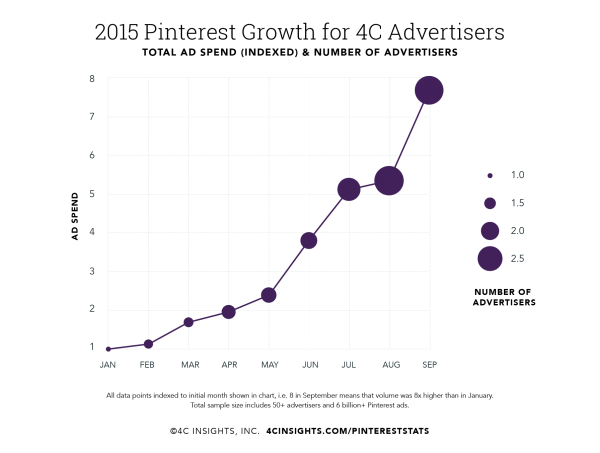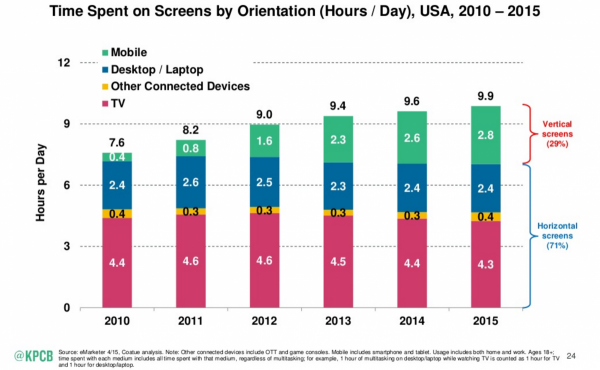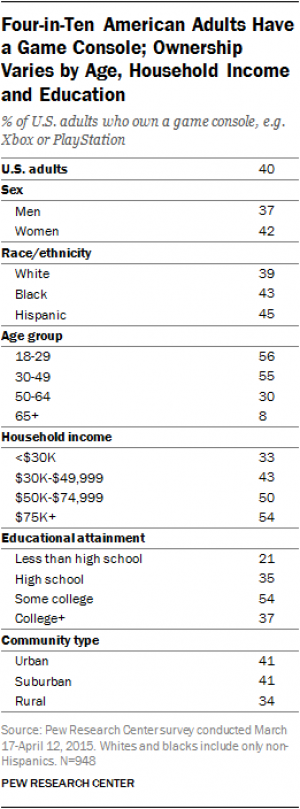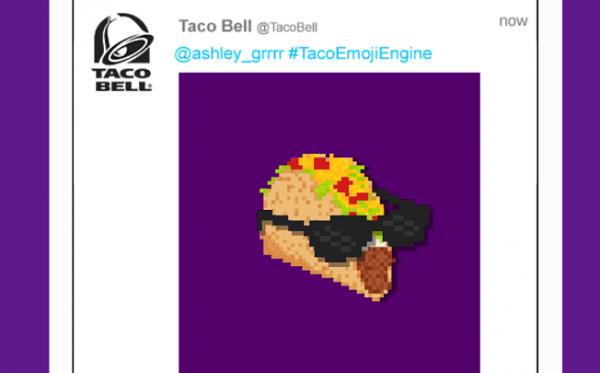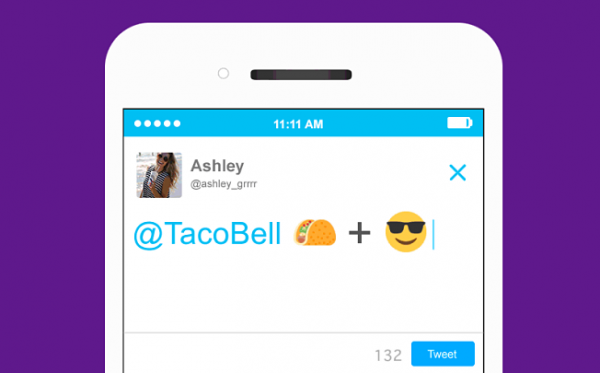Twitch is best known for being the place where millions of viewers come to watch gamers stream popular games and live broadcasts of eSports tournaments while interacting through comments. At times, the service has been creatively adapted so that its comments system could be used to crowd-control video game characters.
However, a large part of the streaming community had nothing to do with gaming, and instead used the streaming service to broadcast the creative process behind artistic activities, like drawing or playing music. Twitch took notice, and partnered with Adobe to officially launch Twitch Creative, a category that’s dedicated to artistic channels.
To kick it off, Twitch ran a continuous 9-day broadcast marathon featuring all 31 seasons of The Joy of Painting with Bob Ross (who died of lymphoma in 1995). The series, which originally aired on PBS from 1983 to 1994, was seen by a new generation of viewers, on a medium that didn’t exist twenty years ago. Final stats for the marathon include 545,880,000 minutes watched by 5.6 million unique viewers. At its peak, there were over 183,000 concurrent viewers watching Bob Ross put paint to canvas.
The campaign ended up being such a success that Twitch will continue running single seasons of The Joy of Painting every Monday, with an all-episode marathon broadcasting every year on October 29, Bob Ross’ birthday.
[a]listdaily speaks to Bill Moorier, Head of Creative at Twitch, to discuss the successful launch of Twitch Creative and The Joy of Painting.
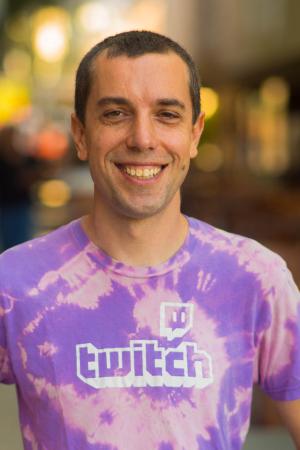
What led to the creation of Twitch Creative
The gaming community and the creative community on Twitch share many characteristics. We see the same passion, engagement, variety, experimentation, and growth that inspired us to create Twitch. Early on there were cross-over gamers doing creative work – things like Giant Waffle and Geers_Art. This became a movement all its own that deserved our support and is now getting it.
How did the idea of running a The Joy of Painting marathon come about
We knew we wanted to launch the official Creative category in October and I had noticed that was the same month as Bob Ross’ birthday. Before Twitch was even a concept, Bob Ross pioneered the entire idea of creating something in real-time. While showing his passion for painting, he would talk viewers through the process and interact with them as if they were in the studio with him. This is exactly the kind of thing we’re looking for with Twitch Creative. Because we wanted to honor his memory, we reached out to the rights holders of his catalog and they were happy to work with us.
Were you surprised at the community response to the marathon
Definitely. We knew many people had a soft spot for Bob Ross, but we never predicted it would become such a large cultural touchpoint both within our community and beyond it.
Do you think other Twitch Creative channels might see a similar kind of success
We currently have a lot of successful broadcasting Partners, but we tend to look at the Bob Ross marathon as more of event style programming. While we can’t comment on our roadmap, we expect to have more event-type success stories in the coming year.
How fast has the Twitch Creative community grown since its launch
We had roughly 1,000 broadcasters at launch attracting around 2 million unique visitors per month. As for how much that has grown since the Oct. 29 launch, we will save that for our next milestone announcement.
What would you say is the best reason to broadcast using Twitch Creative
The appeal of Twitch is its large passionate and supportive community with clearly defined categories to attract like-minded individuals.
Does the success of the marathon mean that we should expect paint, crafts, and music brands to advertise on Twitch
If these brands are trying to reach a large community of artists, many of which are hard to reach cord cutting Millennials, it is definitely something they should start thinking about.
Image courtesy of Twitch and Sohlol
